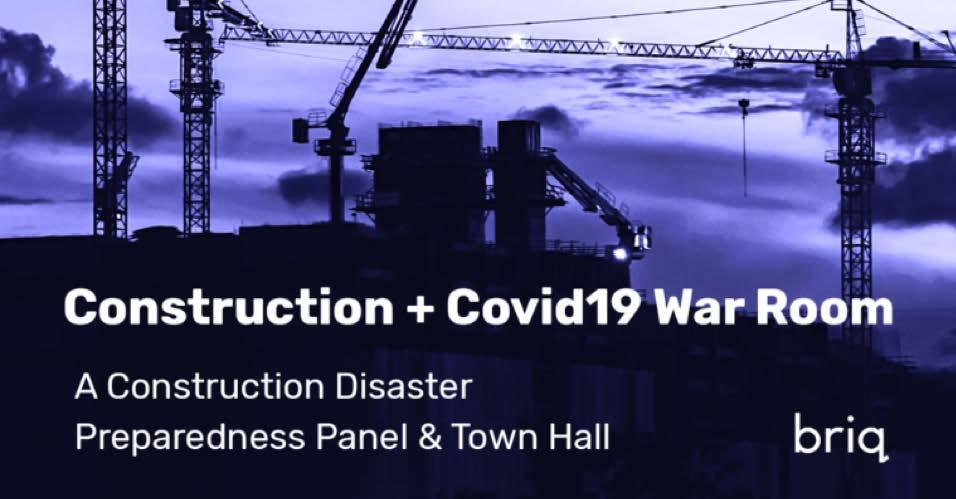
4 minute read
Workplace Fire Destroys Savannah Apartment Construction Project!
Safety Bob’s Occupational Safety Talk | 03.01.2020
Fire safety is very serious business on the construction jobsite. It’s about knowledge, preparation, having fire extinguishers ready and accessible, and making certain all site workers are trained to take action without a moment’s hesitation. If all those things aren’t in place at any construction site, there’s a real potential for disaster.
And disaster is sadly what happened last Thursday, February, 27, 2020, at the Eastern Wharf luxury apartment construction project in Savannah, Georgia. The 125 million dollar complex, which was to be completed in just a few months, (in June, 2020), was utterly destroyed.
The only silver lining of this horrible fire incident is that none of the 100+ construction workers, who had been working on the site on Thursday when the fire started, were hurt.
The Eastern Wharf Project was being built by Choate Construction Company, and the project was located east of Broad Street in Savannah right along the Savannah River. The fire, the cause of which remains under investigation, was visible from as far away as Tybee Island, Georgia, over 20 miles away. The fire happened in the first phase of construction, which is a five-story apartment and retail building surrounding a concrete parking deck. The entire project sits on 54 acres and was to be a mix of residences, and retail businesses.
FIRE SAFETY NEEDS TO BE IMPORTANT PART OF EVERY CONSTRUCTION JOBSITE
As noted, the cause of the Savannah Eastern Wharf fire is still under investigation, but initial reports indicate that the fire broke out just after 12:00 Noon last Thursday, on the upper level of the project. Workers on the level were interviewed and said they attempted to put out the flames with fire extinguishers, but heavy winds caused the fire to
And while no one was injured at Eastern Wharf, this fire disaster still begs several important fire safety questions for us all; first, do we take fire safety seriously at our projects and worksites? Because no matter the size or the scope of your project or your work, fire safety is always important; review the fire safety questions and regulations on the next page to make sure you and your project site are doing all that’s necessary to be protected from fire disasters.
• Are all employees and site workers trained in fire safety and do all know where the nearest fire extinguisher is located… ask this question of all your employees…
• Do all employees and site workers know what you would do in the event of a fire? What if your workplace was filled with smoke, could all exit safely? Have you conducted a fire drill? Where would workers meet in the event of a fire evacuation? Would you be able to account for all workers at your site to Fire personnel arriving in the event of a fire?
• Are all work areas kept clean? Debris and other unorganized or misplaced materials are major sources of work site fires; are all combustible materials kept away from any ignition sources? Do you allow workers to smoke on your project site? If so, are there proper receptacles for extinguished cigarettes?
• Does your project site have enough fire extinguishers, and are fire extinguishers located where workers can see them and access them easily? Ask your workers – where is the nearest fire extinguisher? Get workers to answer that question during your next safety talk.
• Are employees or workers who conduct “hot-work” have a fire extinguisher nearby, and have they also taken all other necessary precautions, such as using screens, barricades, fire blankets or even a fire watch. NOTE: officials don’t exactly what started the Savannah Eastern Wharf construction fire, but the high winds on that top level of the project where the fire started should have kept workers there from doing any “hot” work in that location, without otherwise taking extreme precautions.
• Are employees and workers instructed to immediately correct any potential fire hazards, such as open flames, sparks hitting combustible materials, or any electrical equipment that is hot to the touch? • Are “NO SMOKING” signs posted as necessary, such as near any fuel tanks on the project site?
• Are fire extinguishers checked visually at least once every month by project staff, and also fully inspected, documented and tagged by a qualified third party, at least once each year?
• Are workers instructed to store chemicals in their proper containers?
• Are all spills clean-up immediately, taking extra care to clean-up any flammable liquid spill?
• Do all heavy equipment and vehicles should have a mounted fire extinguisher inside the cab… does your heavy equipment have a mounted fire extinguisher within the cab? Ask all Equipment Operators to check the fire extinguisher in their equipment after your next safety meeting!
• Are employees and workers instructed on how to properly use a fire extinguisher using the “PASS” method. Pull the pin, Aim at the base of the fire, Squeeze the handle, and then Sweep from side to side until the fire is completely out.
• Finally, ask workers in your next safety meeting if they have a fire safety plan at home? Tragically many children are killed in home fires—as they often “hide” in a closet or under a bed in the event of a home fire, simply because they didn’t know where to go or what to do. Having a fire plan as home can save lives!
Fires can destroy a workplace or valuable equipment in just minutes. But much worse, fires can take lives. Be smart, be prepared, and don’t let a fire destroy a work area or your jobsite.







